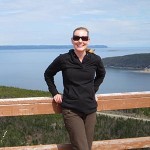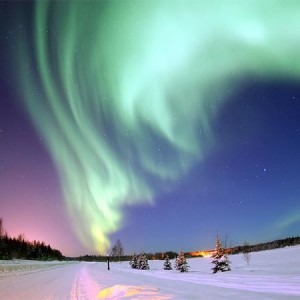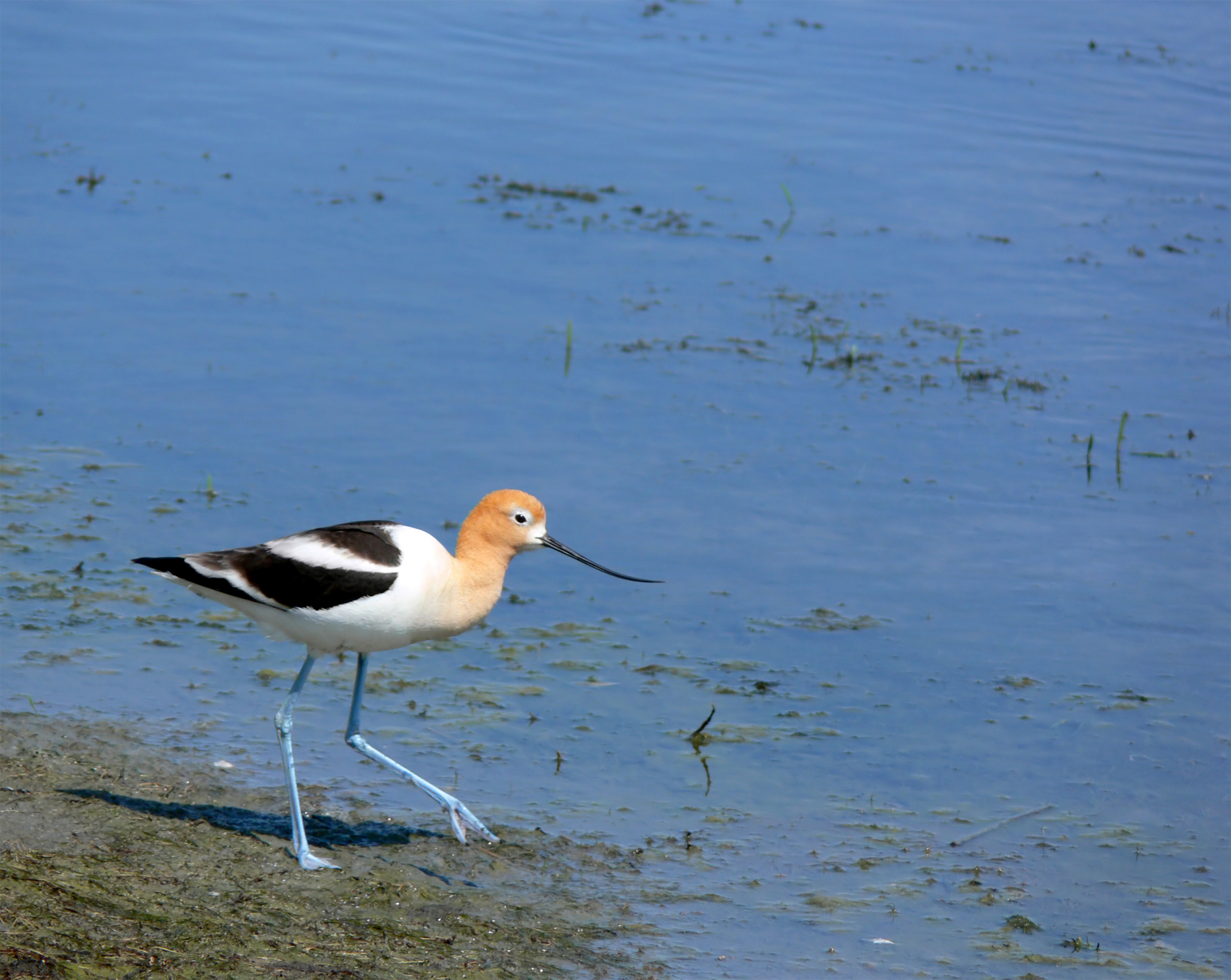The Beautiful Northern Lights
This blog was written by guest blogger Allison Forsythe.
Throughout history, the northern lights (aurora borealis) have fascinated people across the far north. From Alaska to Iceland to Finland to Siberia, the northern lights have been woven into legends and folklore, then passed down from generation to generation. In Canada, the northern lights are important to the teachings and practices of First Nations people. For example, in Manitoba, Cree and Ojibway teachings share the belief that the lights are “spirits of the ancestors celebrating life, reminding us that we are all part of creation. Their dancing forms a pathway for the souls as they travel to the next world.”
Looking up into the night sky, it’s easy to believe that the lights are otherworldly—and, in a way, they are. Those dancing lights are actually the product of solar wind, which streams off the sun in all directions. Solar wind is made up of charged particles, and when this plasma hits the Earth and sufficiently disturbs the magnetosphere—bam! Light show!
Researchers have been studying how solar wind interacts with our planet’s magnetic field for years. In 2009, a team of scientists showed that the aurora effect is caused by the way that solar wind forms space tornadoes. When the solar wind reaches the Earth, it stretches and forms what is known as a magnetotail. Much like an elastic band, the magnetotail will only stretch so far before it has to snap back. When this happens, it releases energy and creates a pair of counter-spiralling vortices (space tornadoes!). One of those tornadoes will end up sending particles shooting along the Earth’s magnetic field lines, and those particles will continue to travel until they collide with molecules in the ionosphere (about 400 km above the Earth’s surface). Technically, it’s the collisions that release the energy and create this incredible, lively glow across the sky.
Whether you’re drawn to the science or the spirituality of the northern lights (or both), there’s no denying their spectacular beauty. Thanks to digital cameras, those of us who have never been able to see the lights in person can still appreciate the dramatic displays, like in this month’s calendar photo. Astronauts aboard the International Space Station have also captured stunning images of the lights dancing across the Earth.
Northern Light Facts:
- The northern lights are also known as the aurora borealis. The Italian astronomer Galileo came up with the name back in 1619 by combining the Roman goddess of dawn, Aurora, and the Greek name for the north wind, Boreas.
- The northern lights have a southern counterpart (known as “the southern lights” or aurora australis), which can be seen from high southern latitudes in Antarctica, South America, New Zealand, and Australia. The northern and southern lights were long thought to be mirror images of each other, but researchers from the University of Bergen in Norway have shown that the light displays are not always identical.
- The Earth’s auroral zone, which (as the name suggests) is where most auroras occur, normally sits about 10° to 20° from its geomagnetic poles. The regions currently displaying auroras are called the auroral ovals. Strong geomagnetic storms can cause the aurora ovals to expand temporarily, allowing auroras to be seen from lower latitudes than normal.
- Although the Northwest Territories and Yukon might be the areas in Canada that first come to mind for seeing the northern lights, there are actually locations all across the country that are regularly treated to the view.
Have you been able to stare in awe at the northern lights? Tell us about your experience either in a tweet @NatureCanada or share with us on Facebook!






